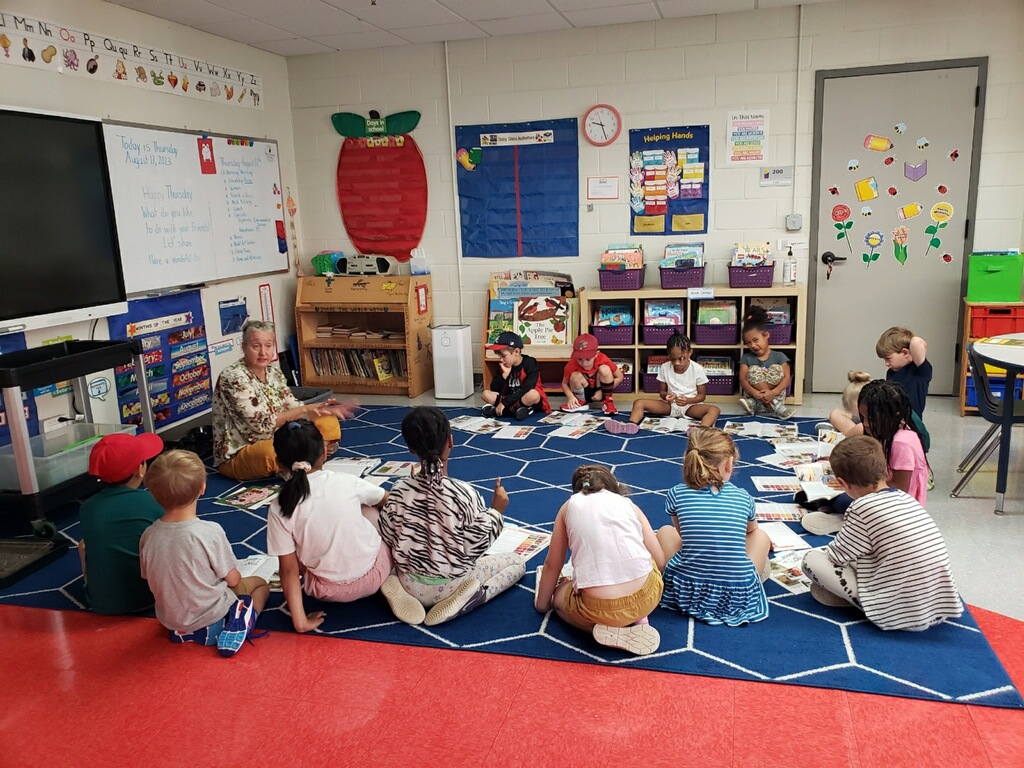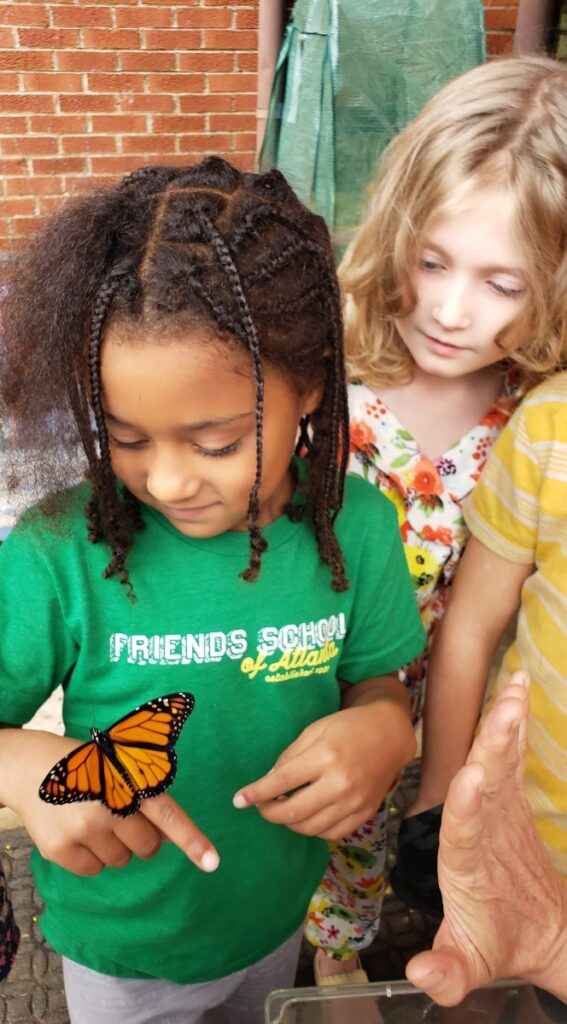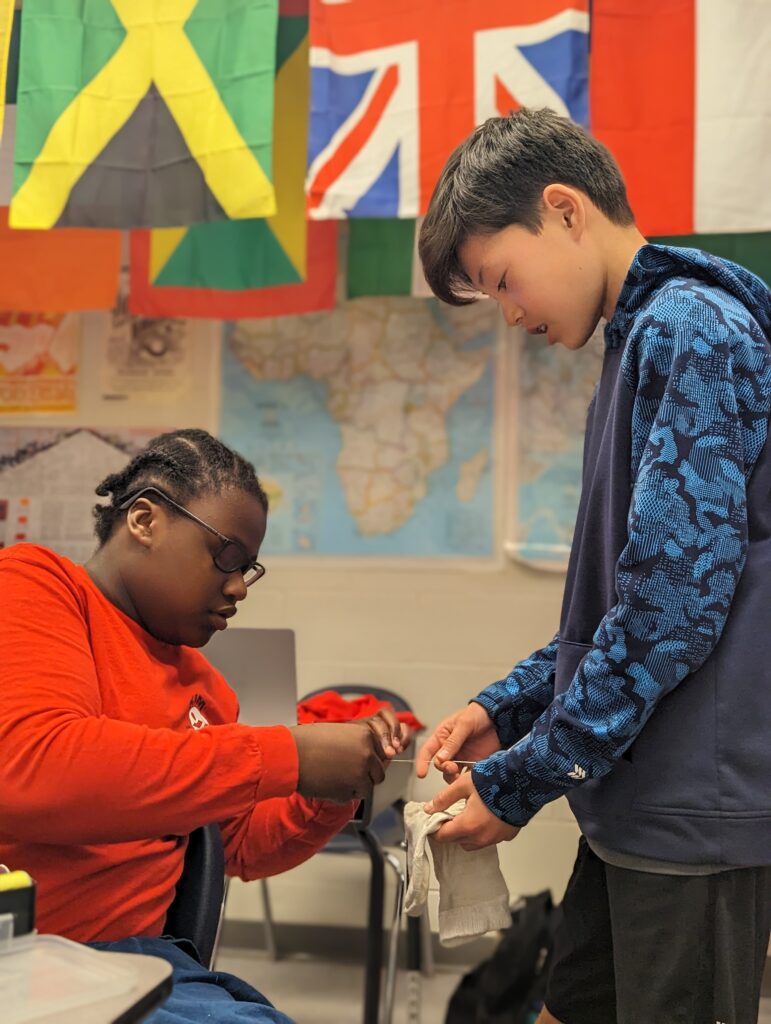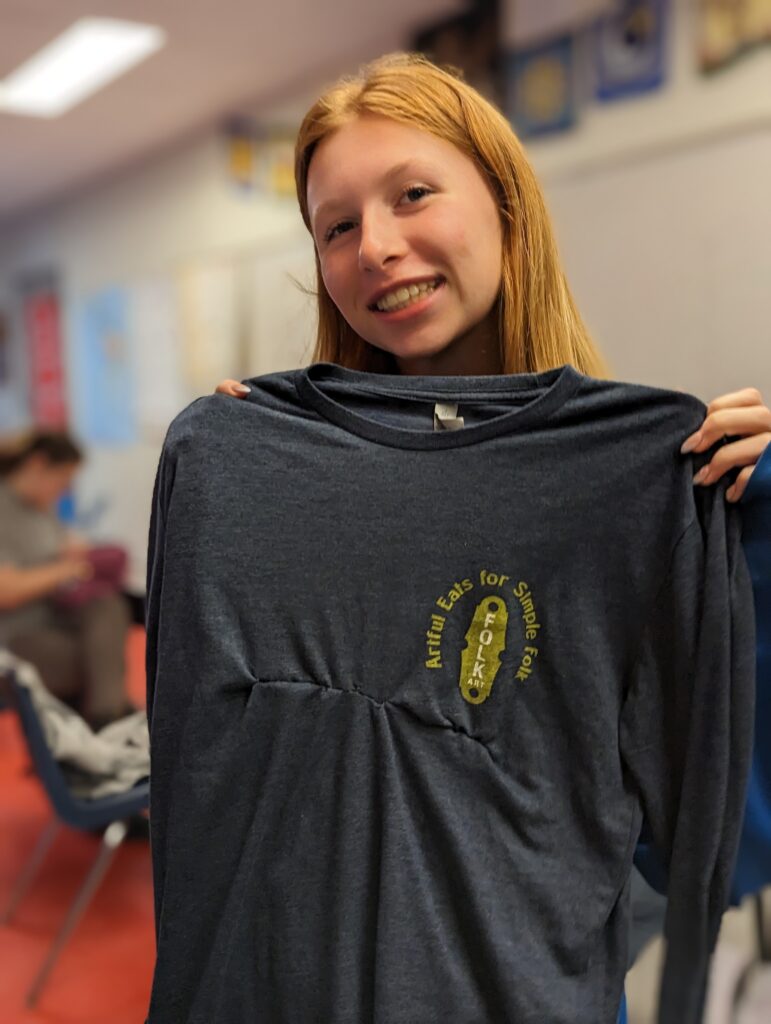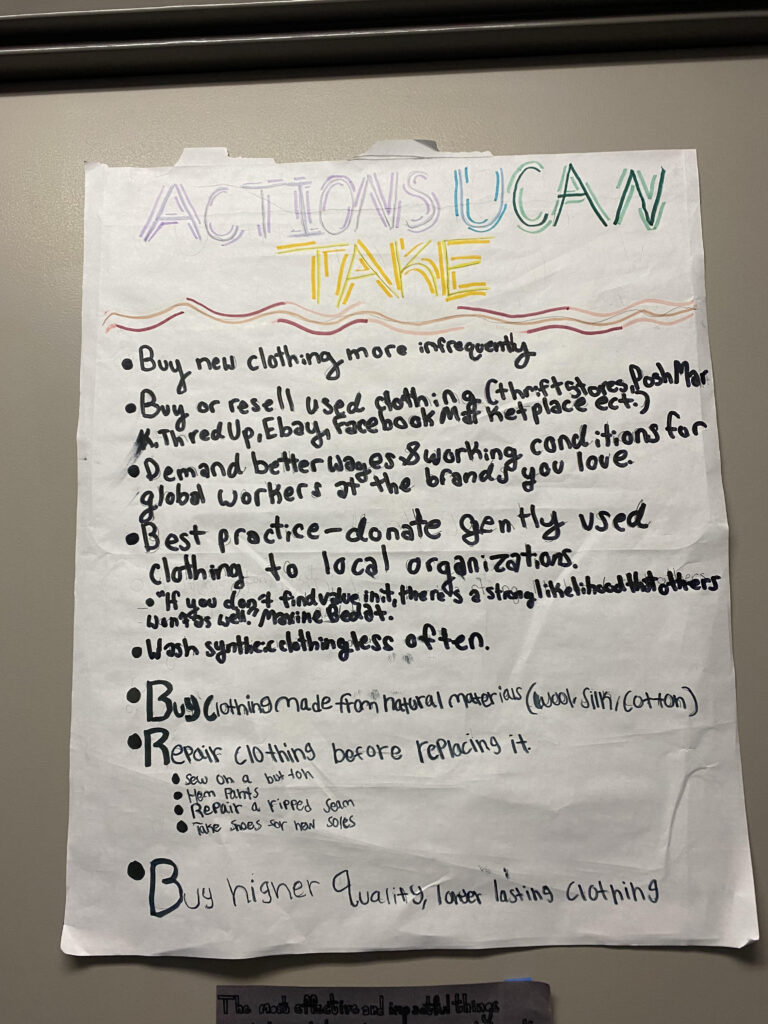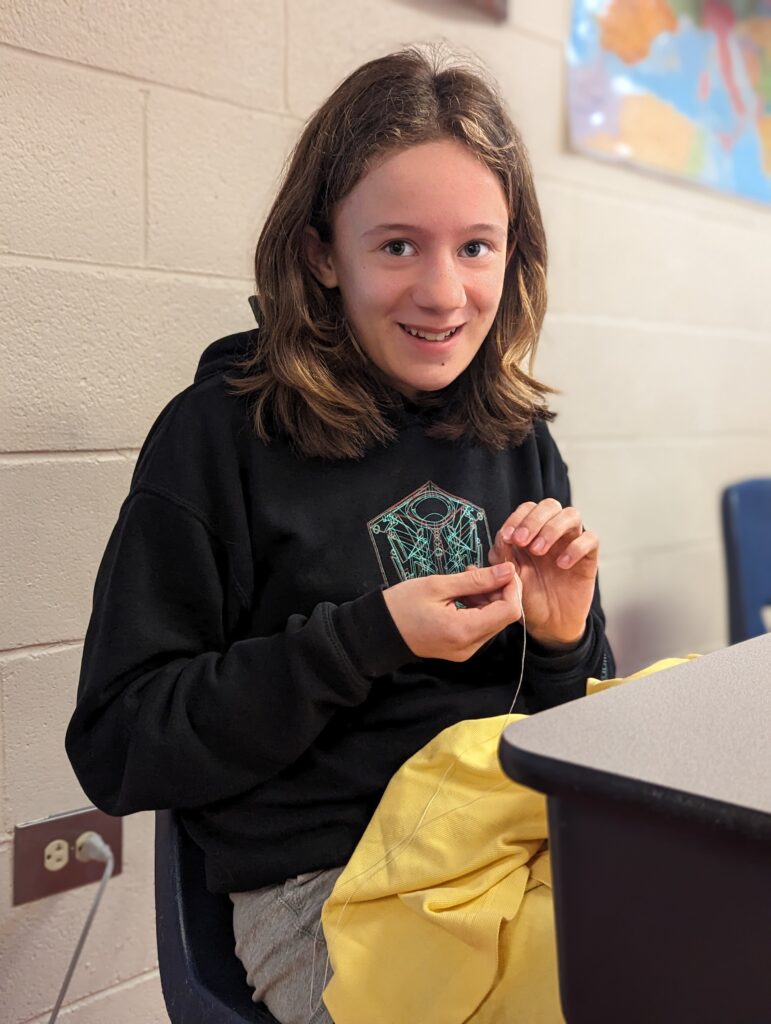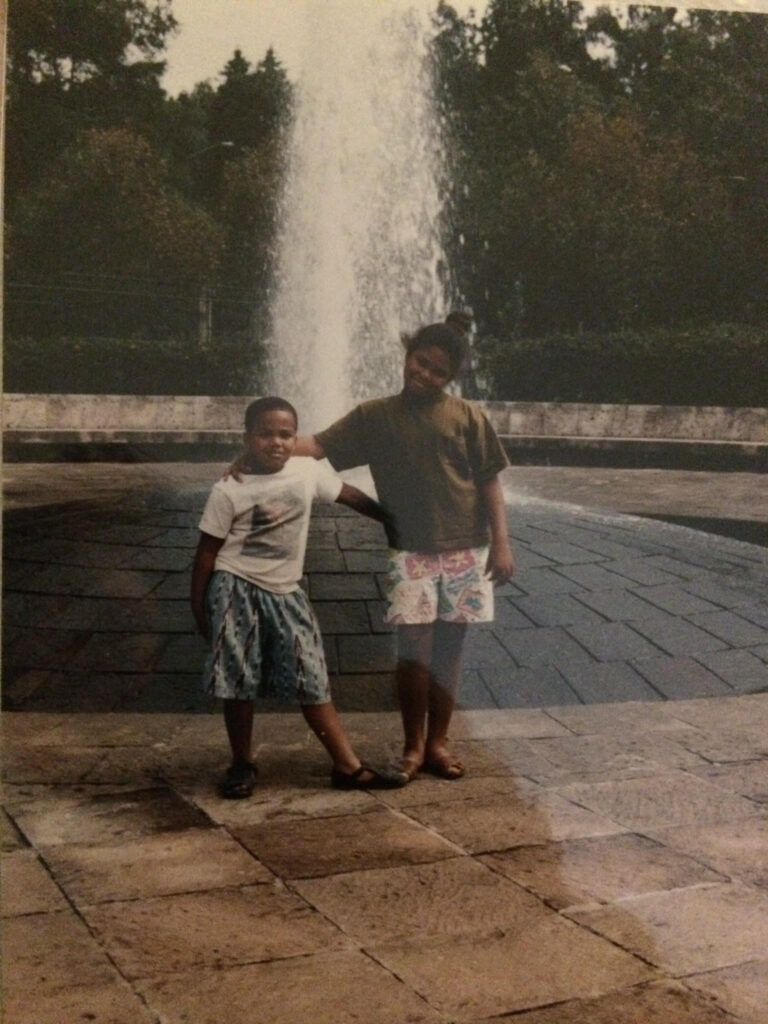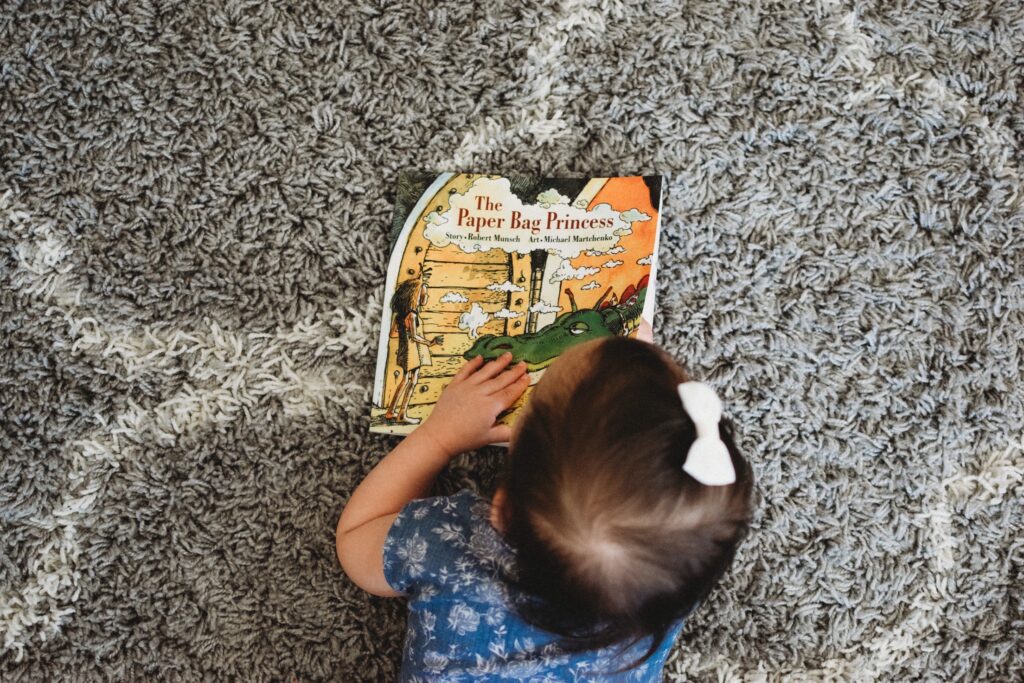Within the Americas, and particularly here in Georgia, the concept of shared ownership conveyed in these lyrics is entangled with complex historical truths. Who rightfully claims ownership of this land, and what obligations do we bear toward it?
Last week, Cate’s and Pam’s third-grade students, along with Alex’s 7th and 8th graders, seized the opportunity presented by Indigenous People’s Day on October 9, 2023, to delve into these important questions and anchor our exploration in the real-life experiences of the Muscogee Creek people, who are the original inhabitants or First People of this land.
Land Acknowledgment
Friends School of Atlanta acknowledges that the land we live on was taken by force from the Muscogee people who are its traditional inhabitants. We understand that we have a big responsibility to take care of this land because it is not ours. We can honor the Muscogee by caring for and respecting the land we occupy.
At Friends School, students begin learning about the Muscogee in Carie and Jillian’s second grade class. This includes learning about their forced removal and migration on the Trail of Tears in 1836 to Oklahoma, an act of genocide that resulted in a 40% reduction in the Muscogee Creek population just one generation later.
Our collective inquiry opened a path for us to stand in solidarity with the Muscogee Creek and act as advocates and allies. For decades, both indigenous and non-indigenous activists in middle Georgia have been pushing for the elevation of the Ocmulgee Mounds National Monument’s status to become the 64th National Park in the United States and the sole full-fledged National Park in Georgia.
Students learned about the numerous advantages, such as economic, environmental, and quality-of-life benefits, that such an upgrade would bring to our nation, state, and the Muscogee Creek people. Most notably, this proposal would establish Ocmulgee as the first National Park in the country to be co-managed with an indigenous group. This elevation in park status would serve as a meaningful gesture of reconciliation, acknowledging the historical injustices suffered by the Muscogee Creek people.
So, how can we secure this elevated designation? It will require an act of Congress to vote on the proposal.
According to the native-led organization, the Ocmulgee Mounds National Park and Preserve Initiative, the best way to support this effort and boost the park’s status is to reach out to Deb Haaland, US Secretary of the Interior; Shannon Estenoz, Assistant Secretary for Fish and Wildlife and Parks; and Charles F. “Chuck” Sams, III, the Director of the National Park Service. We should urge them to contact influential members of Congress to facilitate the vote.
In this collaborative effort, the third graders designed postcards featuring native Georgia plants, which were distributed to students throughout the school and their families to mail. Our 7th and 8th graders honed their critical thinking and argumentation skills by composing persuasive letters to these federal officials.
Written by Alex Zinnes
Video Resources:
Postcards:
Third graders designed the artwork for these fabulous postcards asking senior members of the Department of the Interior to urge members of Congress to schedule the issue of upgrading the designation of Ocmulgee Mounds for a vote. These are available for classes and their families.
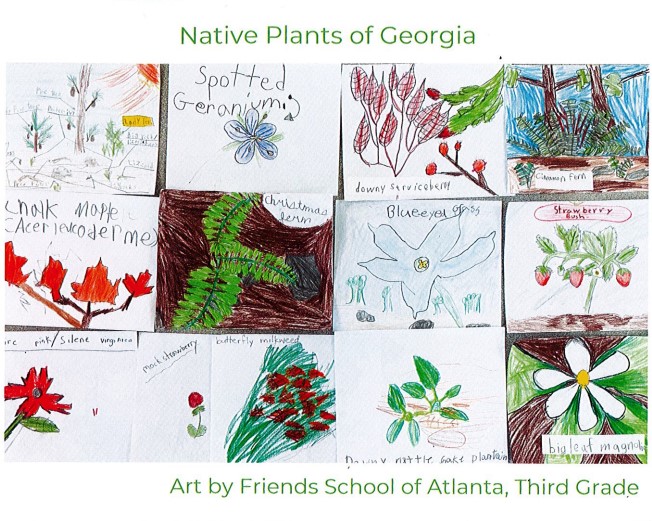
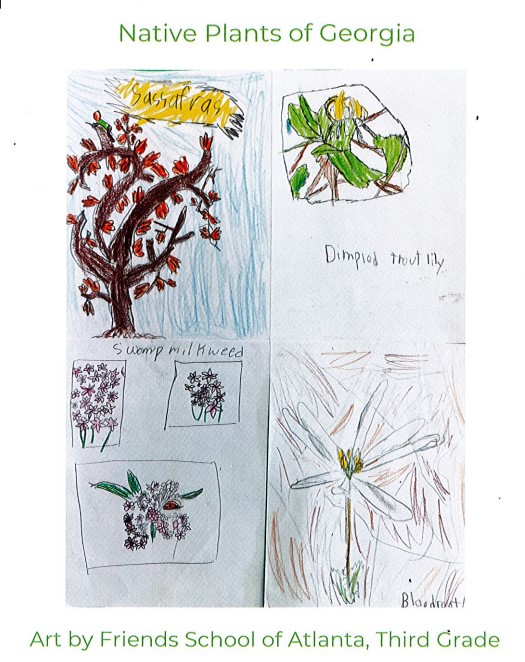
Resources:
Deb Haaland, Secretary of the Interior
Department of the Interior
1849 C Street, N.W.
Washington DC 20240
Shannon A. Estenoz, Assistant Secretary for Fish and Wildlife and Parks
U.S. Fish and Wildlife & Parks
1849 C Street, NW
Washington, DC 20240
Charles F. “Chuck” Sams, III, National Park Services Director
Department of the Interior
1849 C Street, N.W.
Washington DC 20240
